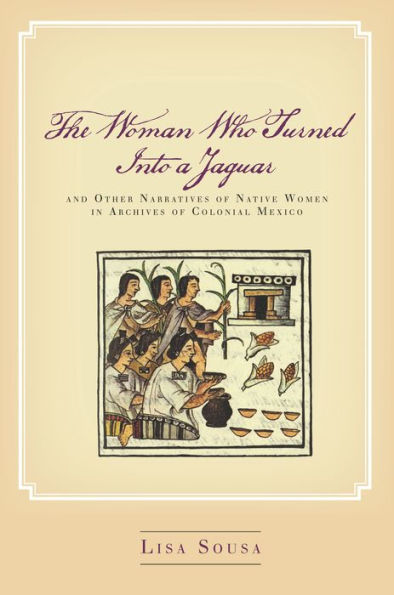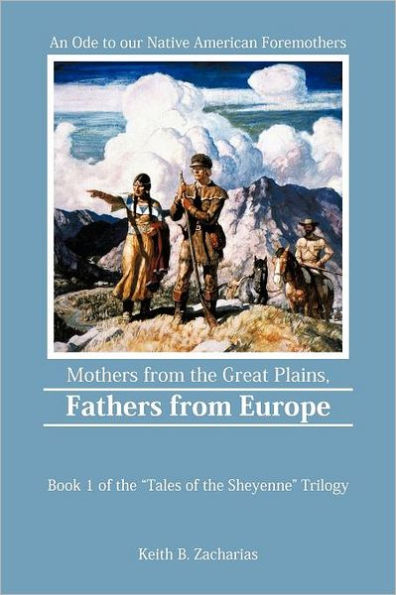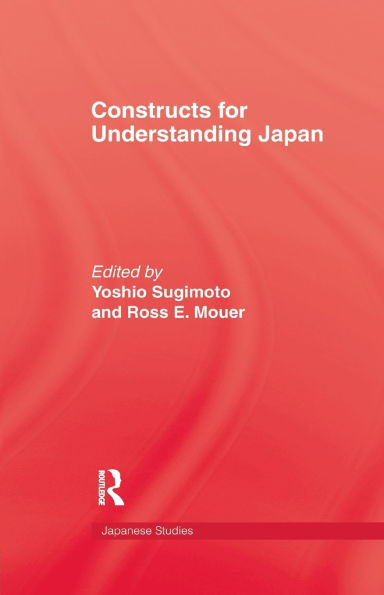Home
Constructing Floridians: Natives and Europeans the Colonial Floridas, 1513-1783
Barnes and Noble
Constructing Floridians: Natives and Europeans the Colonial Floridas, 1513-1783
Current price: $19.95


Barnes and Noble
Constructing Floridians: Natives and Europeans the Colonial Floridas, 1513-1783
Current price: $19.95
Size: Paperback
Loading Inventory...
*Product information may vary - to confirm product availability, pricing, shipping and return information please contact Barnes and Noble
Florida Historical Society Harry T. & Harriette V. Moore Award.
Florida Book Award for Florida Nonfiction, Silver
Constructing Floridians
explores the origins of racialization in peninsular Florida and its hinterlands during the 300 years prior to the founding of the United States. Focusing not on a single ethnic or cultural community but on all the major groups in the region during the colonial period, this sociocultural study of Europeans and native tribes examines the processes by which the peoples of Spain, France, and Great Britain and half a dozen Florida tribesthe Gulaes, Calusas, Timucuans, Apalachees, Creeks, and Seminolesforged understandings of one another and themselves through their individual and collective ideas and activities.
Murphree argues that the Europeans, frustrated by their inability to "tame" the peninsula, blamed the natives for their problems. Emphasizing how environmental limitations and repeated colonial failures contributed to increasingly negative perceptions and characterizations of American Indianswhich the Europeans attributed to perceived racial differenceshe contends that barriers between the Europeans and the Indians hardened over time. Surveying the evolution of relationships from the era of early Spanish exploration to the American Revolution, this work offers new perspectives through which to view European conceptualizations of Indians, illuminates specific native roles in molding a backcountry society, and reconsiders overall North American population interaction during the period. The story of Florida's past through a perspective rarely applied to the peninsula or its borderlands should appeal to audiences interested in Florida's colonial development, Native Americans in the region, or issues of race and identity in early modern history.
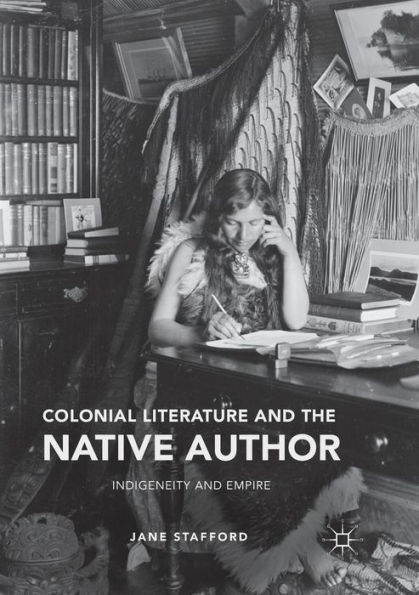

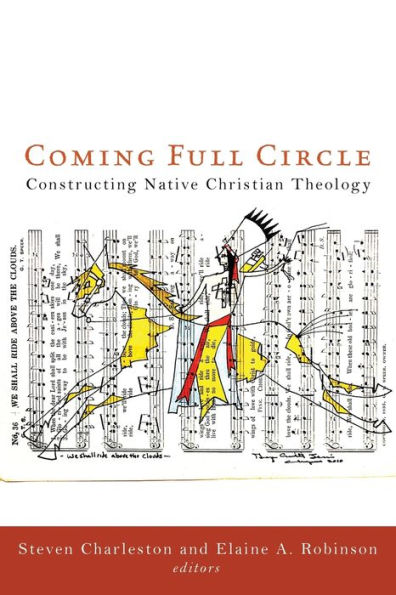
![The Algerine spy in Pennsylvania: Or, Letters Written by a Native of Algiers on the Affairs of the United States of America, From the Close of the Year 1783 to the Meeting of the Convention. [One Line in Latin From Ovid]](https://prodimage.images-bn.com/pimages/9781385475706_p0_v1_s600x595.jpg)


